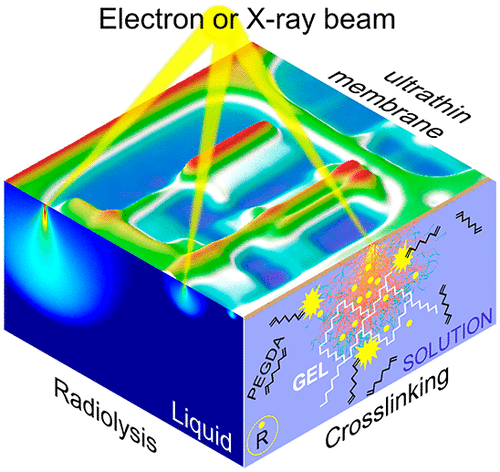(Metal wires of carbon complete toolbox for carbon-based computers)
2020/9/24 アメリカ合衆国・カリフォルニア大学バークレー校(UCB)

・ UCB が、グラフェンナノリボン(GNRs)の全カーボン製金属ナノワイヤを開発。炭素ベーストランジスタやコンピューターの研究開発に拍車がかかる。
・ コンピューターを支えるシリコンベースの集積回路は、スイッチング速度の限界やエネルギー消費量の課題に直面している。カーボンベースのコンピューターでは、より速いスイッチング速度や省エネ性が期待できる。
・ グラフェンは、カーボンベースコンピューターでの利用が期待される炭素材料。グラフェンの細片は半導体の性質を有するが、全カーボン製のトランジスタやプロセッサの開発において絶縁体や金属の性質を持たせることが課題。
・ GNRs 以外の炭素ベース材料に金属の性質を持たせることは可能だが、グラフェンの 2D シートはナノスケール片に形成すると半導体や絶縁体となり、カーボンナノチューブ(CNTs)は導電性に優れるがナノリボンの有する製造の精密性と量産性に劣る。
・ GNRs は、ボトムアップ合成による多様な構造の化学的な構築が可能。 同大学では、数年前に導電性特性を安定して作り出す GNRs の短片の接続方法を発見し、2 年前にはトポロジカルな状態を呈する電子配列を実証している。
・ 今回、熱による分子の化学反応で適切に GNRs を接続させる同様の技術を利用して、長さ数十 nm、幅 1nm を下回る導電性の金属ナノワイヤをドーピング無しで作製。原子約 100 個毎の化学結合を僅かに変更することで、ナノリボンの金属的な性質を 20 倍向上させた。
・ 現在、半導体、絶縁体、金属の各 GNRs を組合せたトランジスタの構築を試みている。GNRs 金属ワイヤを作る新技術は、集積回路構築に革新をもたらすものと考える。
・ 本研究は、米国海軍研究局(ONR)、米国エネルギー省(DOE)、Center for Energy Efficient Electronics
Science(E3S)および米国立科学財団(NSF)が支援した。
URL: https://news.berkeley.edu/2020/09/24/metal-wires-of-carbon-complete-toolbox-forcarbon-based-computers/
<NEDO海外技術情報より>
(関連情報)
Science 掲載論文(アブストラクトのみ:全文は有料))
Inducing metallicity in graphene nanoribbons via zero-mode superlattices
URL: https://science.sciencemag.org/content/369/6511/1597
Abstract
The design and fabrication of robust metallic states in graphene nanoribbons (GNRs) are challenging because lateral quantum confinement and many-electron interactions induce electronic band gaps when graphene is patterned at nanometer length scales. Recent developments in bottom-up synthesis have enabled the design and characterization of atomically precise GNRs, but strategies for realizing GNR metallicity have been elusive. Here we demonstrate a general technique for inducing metallicity in GNRs by inserting a symmetric superlattice of zero-energy modes into otherwise semiconducting GNRs. We verify the resulting metallicity using scanning tunneling spectroscopy as well as first-principles density-functional theory and tight-binding calculations. Our results reveal that the metallic bandwidth in GNRs can be tuned over a wide range by controlling the overlap of zero-mode wave functions through intentional sublattice symmetry breaking.


